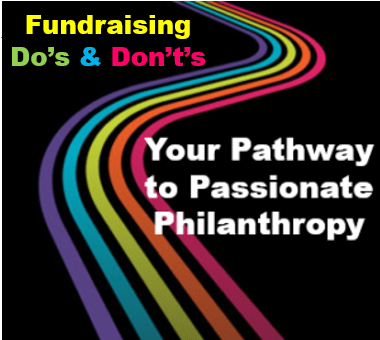 I had a fundraising post all ready to launch today, but I just couldn’t do it.
I had a fundraising post all ready to launch today, but I just couldn’t do it.
The world seems wildly out of whack right now. I can’t pretend it’s business as usual.
I try to stay away from “politics,” because I know that’s not why you read my blog. However, we live in a political world. And so do our nonprofits, our staff, our volunteers, our donors and our clients. Simply put, politics is about making agreements between people so that they can live together in groups.
Nonprofits cannot seal themselves off in little bubbles, pretending what’s happening in the rest of the world doesn’t exist.
That’s why, during the pandemic, I encouraged you to talk about how events touch those who rely on you. It’s why, all the time, I encourage you to relate your work to what’s in the news and top of mind to donors. Be it hurricanes, fires, famine, drought, social unrest, war, civil liberties, mass shootings, homophobia, racism, sexism, bigotry, or anything else horrifying to body, mind, heart and soul.
If it’s something you’re thinking about, you can bet it’s something your constituents are thinking about.
If you don’t address it, you risk coming across as unimportant, blind, shallow or out of touch. Being relevant, and meaningful, means getting inside your supporters’ heads and knowing what’s important to them. What are they thinking? How are they feeling? In what way do the emotions they’re currently experiencing interact with your mission? How can they help you, and you help them?
I don’t know how you’ve been feeling, but many folks I’ve been talking to have mentioned anger, outrage and fear. Even those who are happy about one or two things are deeply concerned about other developments. And this holds true for both sides. Listen to Fox News, then listen to MSNBC. You’ll hear equal doses of horror. The pendulum has been swinging wildly, back and forth, and the world seems madly out of whack.
What can the social benefit sector do to bring things back into balance?
I keep coming back to the Golden Rule. What if none of us ever did anything to anyone else we didn’t want them to do unto us? What if we only treated others as we would want to be treated? It seems so simple. So logical. So in everyone’s best interest.
What is it about the human animal that leads the same people who don’t want government to impose mask or vaccine mandates on them wanting to impose no abortion mandates on others? Or, from the other perspective, those who don’t want government telling them they can’t smoke pot wanting to tell others they can’t carry guns? All of this “I can impose, but you can’t” is nonsense from the perspective of “do unto others.” Yet, we persist.
The only way to make sense of these things is through an understanding of balance. We must strive toward philanthropy (translated as “love of humanity”).




 Remember learning your multiplication tables? The concept is powerful for fundraising!
Remember learning your multiplication tables? The concept is powerful for fundraising!
 If you’ve never read management and marketing guru
If you’ve never read management and marketing guru 
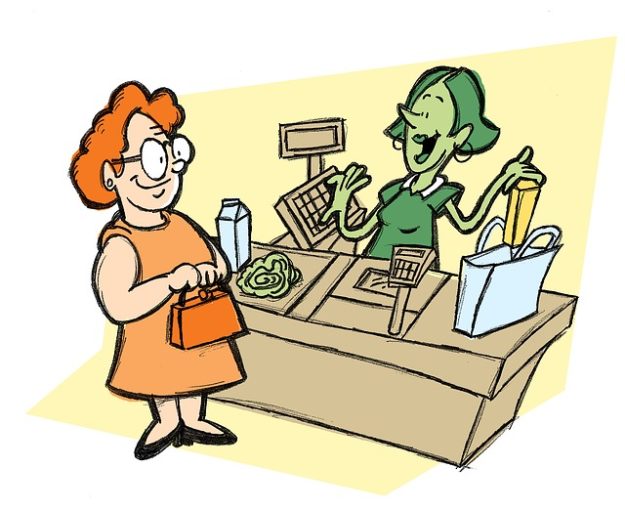

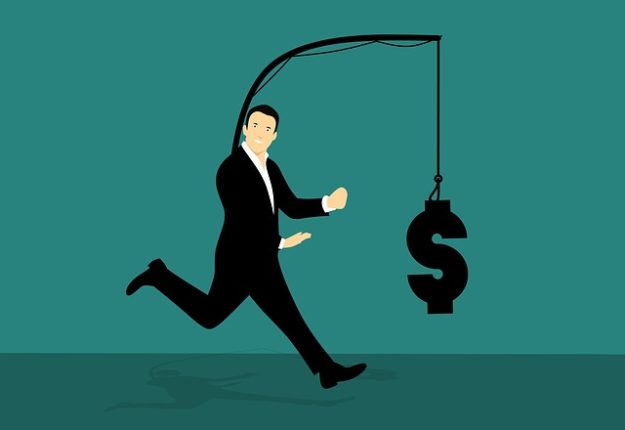




 I had a fundraising post all ready to launch today, but I just couldn’t do it.
I had a fundraising post all ready to launch today, but I just couldn’t do it. Underlying this 1-2-3 formula is a need for balance.
Underlying this 1-2-3 formula is a need for balance.


 In
In 


 Legacy gifts don’t fall from the sky.
Legacy gifts don’t fall from the sky.



 Probably not as much as you might think.
Probably not as much as you might think.



 People are wired for stories
People are wired for stories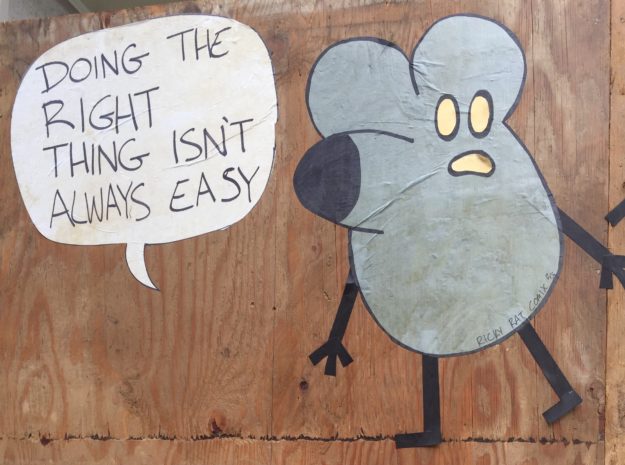
 Everyone is saying it.
Everyone is saying it.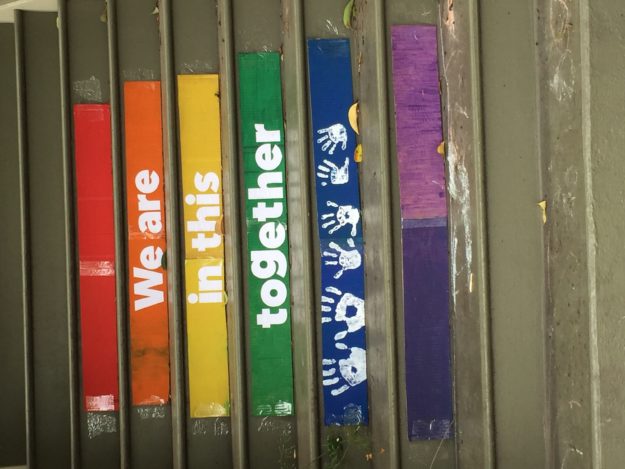
 This is one place you don’t have to social distance.
This is one place you don’t have to social distance.


 Today I want to talk about the heart of successful major gift fundraising.
Today I want to talk about the heart of successful major gift fundraising.
 Times are tough. It’s easy to get demoralized. Especially if you work for a business, nonprofit or otherwise, that doesn’t feel ‘essential’ in today’s environment.
Times are tough. It’s easy to get demoralized. Especially if you work for a business, nonprofit or otherwise, that doesn’t feel ‘essential’ in today’s environment.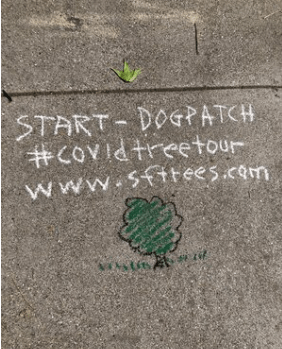

 These days you’re likely communicating with constituents digitally more than ever before.
These days you’re likely communicating with constituents digitally more than ever before.

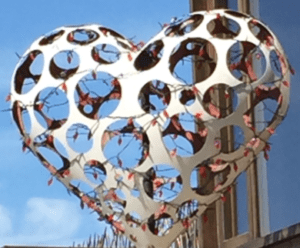 If you feel too busy to contemplate adding one more task to your plate right now, you’re not alone. A pandemic is no vacation!
If you feel too busy to contemplate adding one more task to your plate right now, you’re not alone. A pandemic is no vacation!


 Connect, Connect, Connect – with Everyone!
Connect, Connect, Connect – with Everyone!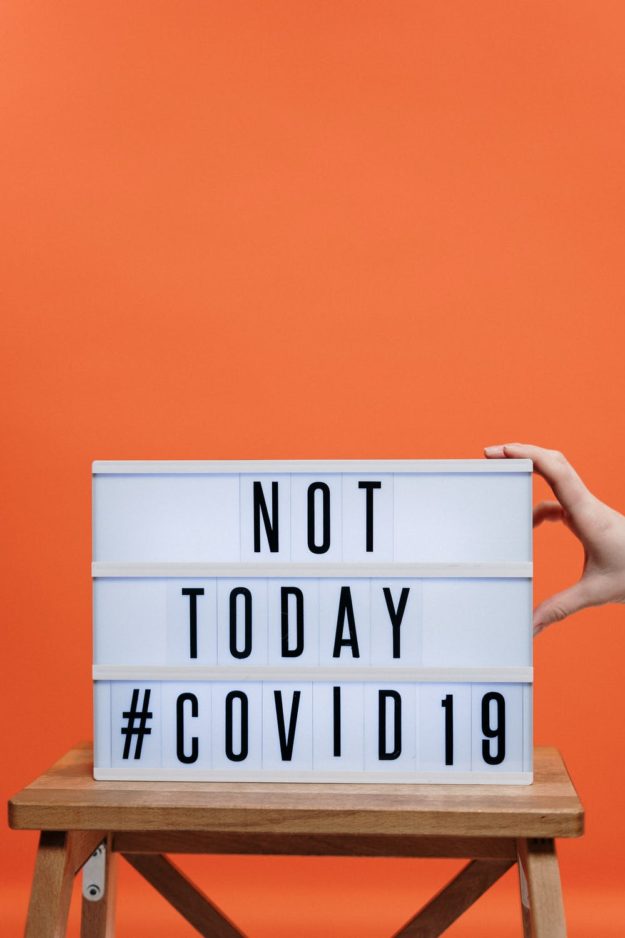
 Last week I shared a number of real-life examples from innovative nonprofits taking creative steps to connect meaningfully to their supporters during these trying times. While staying connected, some organizations are succeeding in stepping up both their marketing and fundraising communications to the next level.
Last week I shared a number of real-life examples from innovative nonprofits taking creative steps to connect meaningfully to their supporters during these trying times. While staying connected, some organizations are succeeding in stepping up both their marketing and fundraising communications to the next level.

 If you’re like me, chances are every other email in your inbox has something referencing coronavirus. You can’t ignore it, avoid it or wish it away.
If you’re like me, chances are every other email in your inbox has something referencing coronavirus. You can’t ignore it, avoid it or wish it away.
 There’s a lot about fundraising folks take for granted. And not in a good way. Because… much of it is untrue!
There’s a lot about fundraising folks take for granted. And not in a good way. Because… much of it is untrue!
 For fundraisers, December is a marathon of appeals, posts, thank-yous, events, and all the other tasks associated with the busiest month of the fundraising year. For donors, it’s equally chaotic. Family, friends, work, holiday planning, and parties crowd their schedules. Advertisements clog up their email inboxes and news feeds. They receive multiple appeals from multiple nonprofits looking to capitalize on holiday generosity.
For fundraisers, December is a marathon of appeals, posts, thank-yous, events, and all the other tasks associated with the busiest month of the fundraising year. For donors, it’s equally chaotic. Family, friends, work, holiday planning, and parties crowd their schedules. Advertisements clog up their email inboxes and news feeds. They receive multiple appeals from multiple nonprofits looking to capitalize on holiday generosity.
